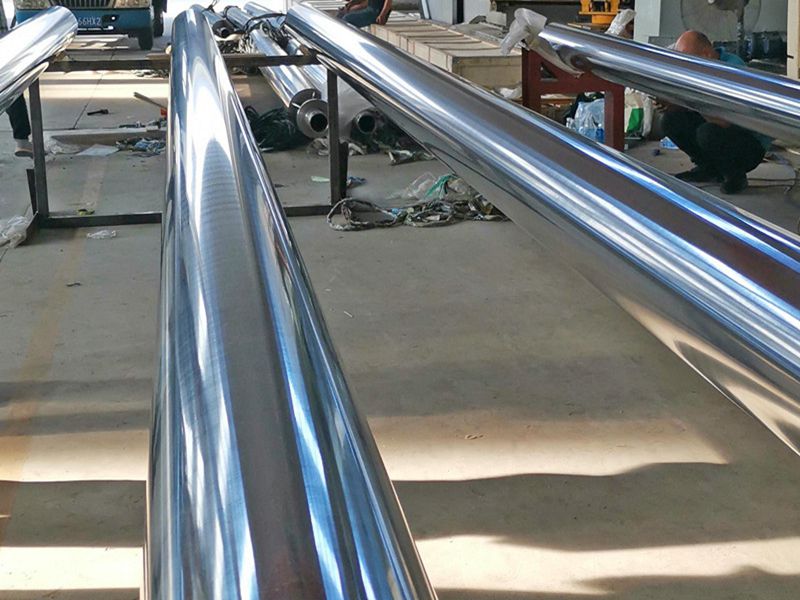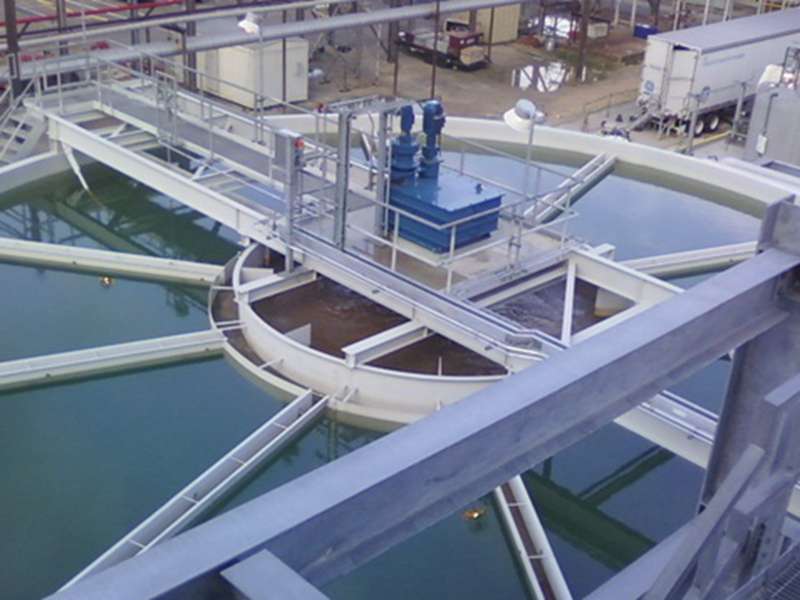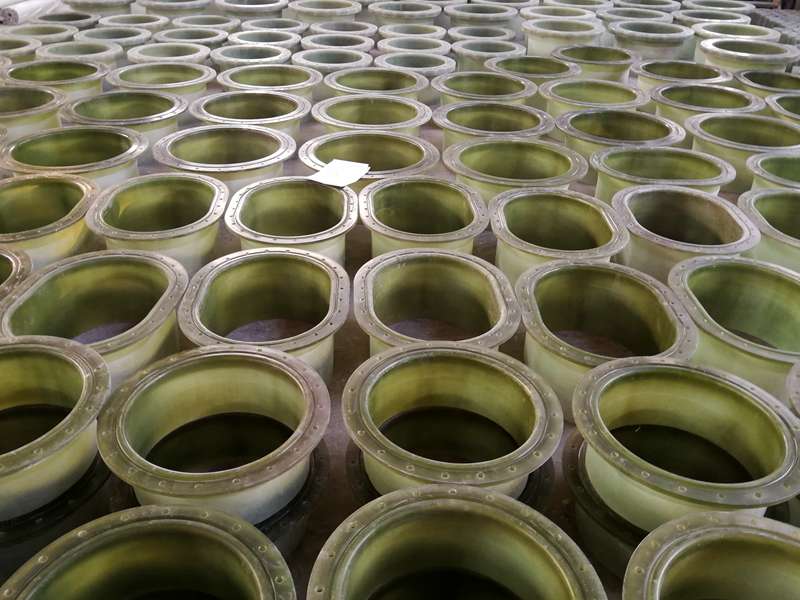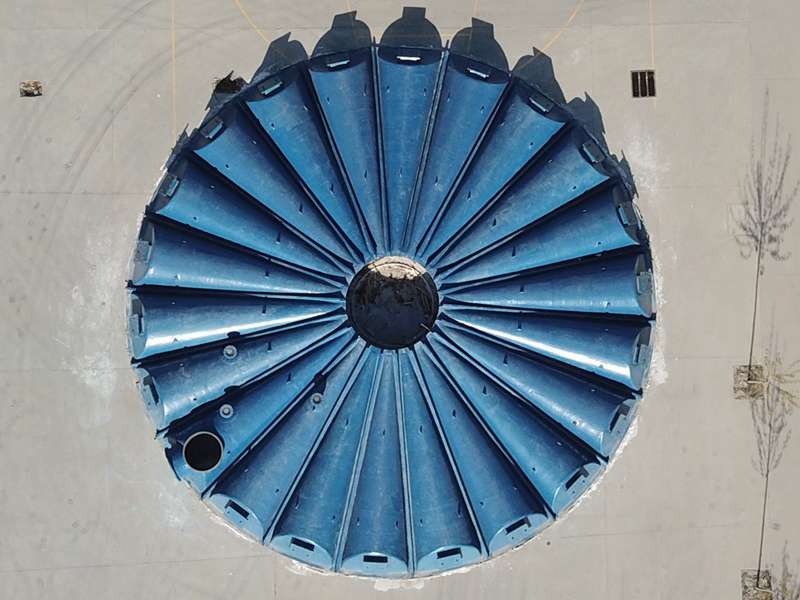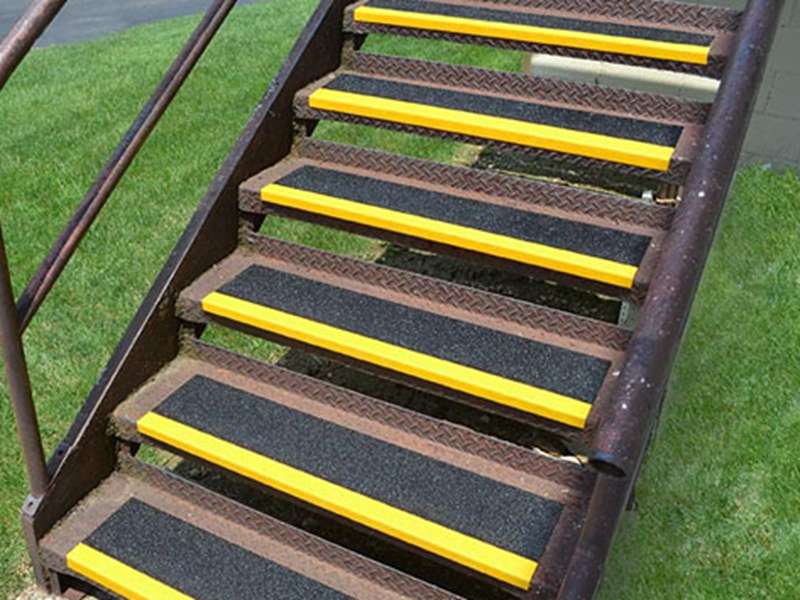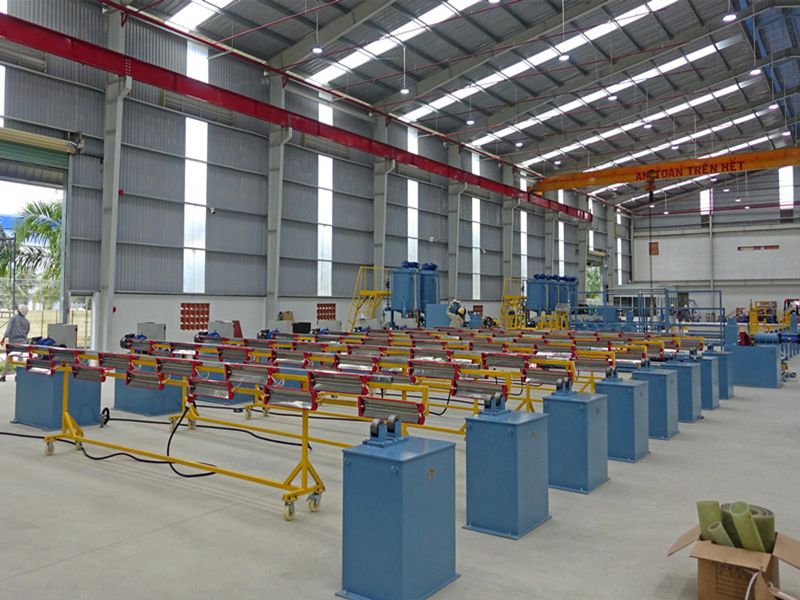
-
 Afrikaans
Afrikaans -
 Albanian
Albanian -
 Amharic
Amharic -
 Arabic
Arabic -
 Armenian
Armenian -
 Azerbaijani
Azerbaijani -
 Basque
Basque -
 Belarusian
Belarusian -
 Bengali
Bengali -
 Bosnian
Bosnian -
 Bulgarian
Bulgarian -
 Catalan
Catalan -
 Cebuano
Cebuano -
 China
China -
 China (Taiwan)
China (Taiwan) -
 Corsican
Corsican -
 Croatian
Croatian -
 Czech
Czech -
 Danish
Danish -
 Dutch
Dutch -
 English
English -
 Esperanto
Esperanto -
 Estonian
Estonian -
 Finnish
Finnish -
 French
French -
 Frisian
Frisian -
 Galician
Galician -
 Georgian
Georgian -
 German
German -
 Greek
Greek -
 Gujarati
Gujarati -
 Haitian Creole
Haitian Creole -
 hausa
hausa -
 hawaiian
hawaiian -
 Hebrew
Hebrew -
 Hindi
Hindi -
 Miao
Miao -
 Hungarian
Hungarian -
 Icelandic
Icelandic -
 igbo
igbo -
 Indonesian
Indonesian -
 irish
irish -
 Italian
Italian -
 Japanese
Japanese -
 Javanese
Javanese -
 Kannada
Kannada -
 kazakh
kazakh -
 Khmer
Khmer -
 Rwandese
Rwandese -
 Korean
Korean -
 Kurdish
Kurdish -
 Kyrgyz
Kyrgyz -
 Lao
Lao -
 Latin
Latin -
 Latvian
Latvian -
 Lithuanian
Lithuanian -
 Luxembourgish
Luxembourgish -
 Macedonian
Macedonian -
 Malgashi
Malgashi -
 Malay
Malay -
 Malayalam
Malayalam -
 Maltese
Maltese -
 Maori
Maori -
 Marathi
Marathi -
 Mongolian
Mongolian -
 Myanmar
Myanmar -
 Nepali
Nepali -
 Norwegian
Norwegian -
 Norwegian
Norwegian -
 Occitan
Occitan -
 Pashto
Pashto -
 Persian
Persian -
 Polish
Polish -
 Portuguese
Portuguese -
 Punjabi
Punjabi -
 Romanian
Romanian -
 Russian
Russian -
 Samoan
Samoan -
 Scottish Gaelic
Scottish Gaelic -
 Serbian
Serbian -
 Sesotho
Sesotho -
 Shona
Shona -
 Sindhi
Sindhi -
 Sinhala
Sinhala -
 Slovak
Slovak -
 Slovenian
Slovenian -
 Somali
Somali -
 Spanish
Spanish -
 Sundanese
Sundanese -
 Swahili
Swahili -
 Swedish
Swedish -
 Tagalog
Tagalog -
 Tajik
Tajik -
 Tamil
Tamil -
 Tatar
Tatar -
 Telugu
Telugu -
 Thai
Thai -
 Turkish
Turkish -
 Turkmen
Turkmen -
 Ukrainian
Ukrainian -
 Urdu
Urdu -
 Uighur
Uighur -
 Uzbek
Uzbek -
 Vietnamese
Vietnamese -
 Welsh
Welsh -
 Bantu
Bantu -
 Yiddish
Yiddish -
 Yoruba
Yoruba -
 Zulu
Zulu
A Complete Guide to Chemical Products for Fiber Reinforced Plastics Applications
Chemical Products for FRP Applications A Comprehensive Guide
Fiber Reinforced Plastics (FRP) have become increasingly popular in various industries due to their remarkable strength-to-weight ratios and resistance to corrosion and environmental degradation. The effectiveness of FRP materials hinges significantly on the chemical products used during their manufacturing and application. This article aims to provide an overview of the essential chemical products utilized in FRP applications.
1. Resins
The foundational component of FRP materials is resin. The two most commonly used types are polyester and epoxy resins. Polyester resin is often favored for its cost-effectiveness and ease of use, making it suitable for various applications such as automotive, marine, and construction. Epoxy resin, on the other hand, is known for its superior adhesion, chemical resistance, and mechanical properties, making it ideal for aerospace and high-performance applications.
2. Hardening Agents
Hardening agents, or catalysts, are crucial in the curing process of resins. Methyl ethyl ketone peroxide (MEKP) is a widely used catalyst in polyester resin systems. It initiates the polymerization reaction, transforming the liquid resin into a solid form. Similarly, in epoxy systems, amine hardeners are employed, which not only enhance the mechanical properties of the cured material but also improve its thermal stability.
3. Fillers and Additives
chemical products for frp applications a comprehensive guide
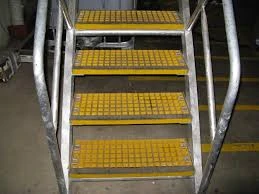
Fillers and additives play a vital role in enhancing the physical properties of FRP. Common fillers include calcium carbonate and silica, which improve the dimensional stability and reduce production costs. Additionally, various chemical additives can enhance specific attributes such as flame resistance, UV stability, and impact resistance, thus tailoring the FRP for specific applications.
4. Coatings and Surface Treatments
To further enhance the performance of FRP products, protective coatings are often applied. These coatings not only provide aesthetic appeal but also protect the material from environmental factors. Epoxy and polyurethane coatings are popular choices due to their excellent adhesion, chemical resistance, and durability.
5. Adhesives
In applications where joining different materials is necessary, specialized adhesives are employed. Polyurethane and epoxy-based adhesives are well-regarded for their strong bonding capabilities, ensuring the structural integrity of the final product.
Conclusion
In summary, the selection of appropriate chemical products is vital for optimizing the performance of Fiber Reinforced Plastics in various applications. As advancements in technology and chemistry continue to evolve, the possibilities for FRP materials—and their applications—are becoming broader and more innovative. Understanding these chemical products allows manufacturers to harness the full potential of FRP, leading to enhanced performance and longevity in a diverse array of industries.


